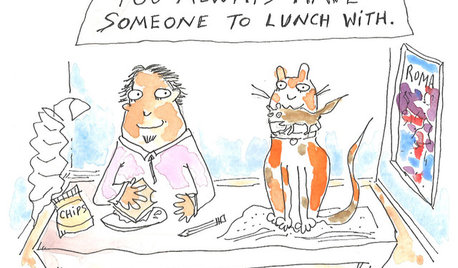Monarch Cat with wide black stripes?
SunshineAnnieDeb
14 years ago
Featured Answer
Comments (20)
SunshineAnnieDeb
14 years agoRelated Professionals
Baltimore Landscape Architects & Landscape Designers · Richmond Heights Landscape Architects & Landscape Designers · Concord Landscape Contractors · Mercedes Landscape Contractors · Wethersfield Landscape Contractors · Maplewood Landscape Contractors · Brea Fence Contractors · Claremont Fence Contractors · Lexington Fence Contractors · Pekin Fence Contractors · Spanaway Fence Contractors · San Antonio Window Contractors · 45056 Window Contractors · Hilton Head Island Window Contractors · Homestead Window Contractorsericwi
14 years agoSunshineAnnieDeb
14 years agoweed30 St. Louis
14 years agobananasinohio
14 years agoSunshineAnnieDeb
14 years agoladobe
14 years agofighting8r
14 years agoMissSherry
14 years agofighting8r
14 years agonardaf
14 years agoweed30 St. Louis
14 years agocaterwallin
14 years agotracey_nj6
14 years agoKC Clark - Zone 2012-6a OH
12 years agobandjzmom
12 years agominrose
12 years agoTony G
12 years agoagypsyfoot2
6 years ago
Related Stories

FLOWERS AND PLANTSHelp Monarchs and Other Butterflies by Planting Common Milkweed
Summer-blooming Asclepias syriaca is an important larval host plant for the monarch butterfly and attracts a number of pollinating insects
Full Story
GARDENING FOR BUTTERFLIESBe a Butterfly Savior — Garden for the Monarchs
Keep hope, beauty and kindness alive in the landscape by providing a refuge for these threatened enchanters
Full Story
PETSHouzz Call: Send in the Design Cats
Post your best photo of your cat at home, in the garden or with you in your studio. It could be published in a featured ideabook
Full Story
SHOP HOUZZHouzz Products: Treat Your Rooms to Orange and Black All Year
It’s no trick. Furnishings and accessories in this bold color pairing keep spaces lively even after Halloween is over
Full Story
FUN HOUZZ6 Reasons Every House Needs a Cat
Everyone should have a feline fixture as part of their home decor. Here's why
Full Story
BLACKColor Guide: How to Work With Black
Take a walk on the dark side — your home has nothing to fear with this color when you know how to use it
Full Story
KITCHEN DESIGN10 Smashing Black Kitchens
Looking for something different from an all-white kitchen? Think about going stylishly dark instead
Full Story
BATHROOM DESIGNRoom of the Day: Classic Black and White for a Victorian Bathroom
A claw-foot tub and a pedestal sink help keep this vintage Washington, D.C., bath open and airy
Full Story
DECORATING GUIDES25 Design Trends Coming to Homes Near You in 2016
From black stainless steel appliances to outdoor fabrics used indoors, these design ideas will be gaining steam in the new year
Full StoryMore Discussions








jrcagle